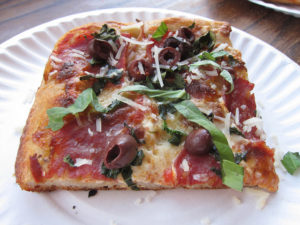Fifty years ago, a small group of women from Hollis, Queens, got together to rescue cats, and from that ambition Animal Haven was born. Later on the shelter moved to Flushing, and operated out of a small house for many years. Finally, the shelter arrived in Manhattan, where it was located at 251 Centre Street until the organization lost its lease in 2015.
Searching everywhere, Animal Haven got lucky and found a location only two blocks north, at 200 Centre Street. They hired architecture firm ARQ, the same group that designed New York’s ASPCA adoption center, as well as San Francisco’s SPCA and Chicago’s PAWS. ARQ created a beautiful, state-of-the-art adoption center, but it took a full year to build, and in the meantime Animal Haven was no longer able to stay at their old location.
Now the center for homeless animals was itself homeless, but they were able to rise to the occasion. The group put up 80 animals in foster care and rented office space right across the street. Then the Mayor’s Alliance for New York City’s Animals pitched in, lending Animal Haven their adoption van. During the week, the shelter held adoption events right outside the new facility’s construction site.
Now the shelter is open and running, and business is booming. More workers were hired to handle the increased work load. Director Tiffany Lacey described the new space:
“It’s very light and bright with lots of windows” Lacey said, “and the public that walks by can see them, like window shopping, but for adoption.”








